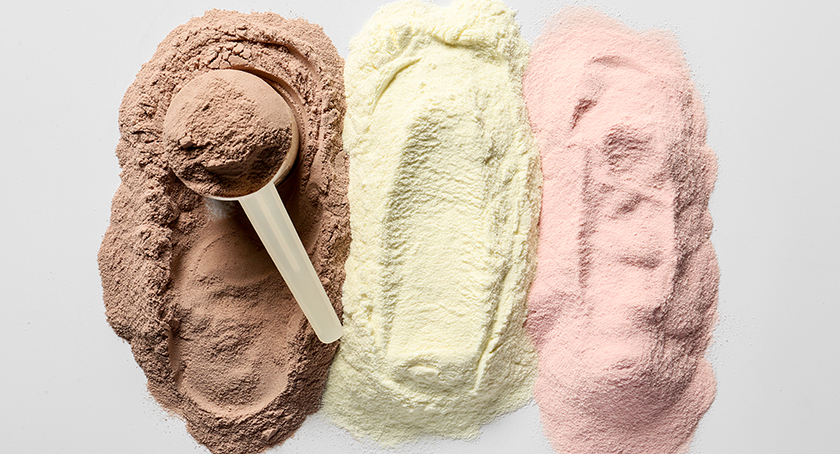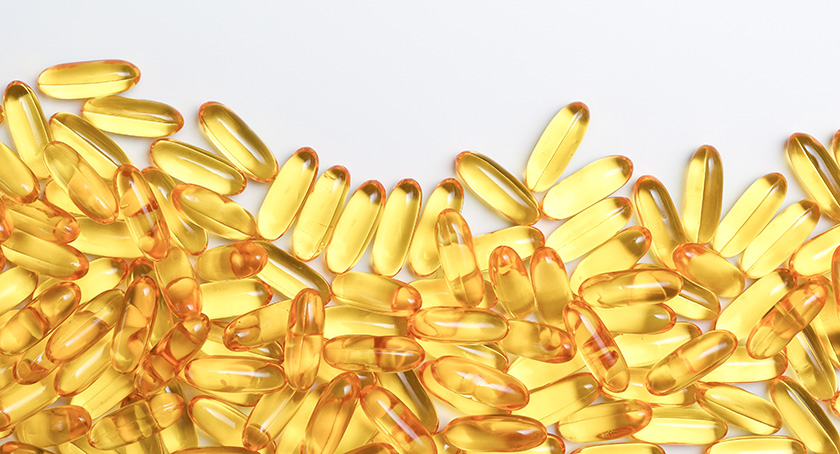Market Updates
Probiotics Fail to Deliver Listed Ingredients
Many probiotic supplements do not contain the number of viable organisms listed on their labels, according to a new report from ConsumerLab.com, White Plains, NY.

By: Sean Moloughney

Many probiotic supplements do not contain the number of viable organisms listed on their labels, according to a new report from ConsumerLab.com, White Plains, NY.
The testing organization found that at the time a probiotic is purchased it may contain as little as 10% to 58% of the amount listed on its label. In fact, one children’s probiotic was found to provide only 7% of its claimed bacteria. Products were also tested for microbial contaminants and pathogens, but none were found.
Out of 13 products selected for testing, only two accurately listed the number of cells viable at the time of purchase. The actual amount of viable probiotic cells in a daily serving ranged from more than 10 billion to less than 100 million—more than a 10,000% difference. Despite providing fewer viable organisms than one might expect, most products yielded at least 1 billion organisms, an amount that may provide some benefit.
Probiotics help re-populate the gut with live beneficial bacteria such as Lactobacillus acidophilus, Lactobacillus GG, Bifidobacterium infantis and others, as well as specific yeast such as Saccharomyces boulardii. Studies have shown some probiotic strains reduce symptoms of irritable bowel syndrome (IBS) and reduce diarrhea caused by viral infection or antibiotics. They may also help treat H. pylori infection (a causative agent of stomach ulcers) and vaginal bacterial infection, among other uses. Sales of probiotic supplements grew about 16% in 2008 to reach $425 million in the U.S. according to Nutrition Business Journal, Boulder, CO.
ConsumerLab.com purchased the products as a consumer would, cultured them to determine the number of viable cells, and compared the amounts found with those listed on product labels. Tests showed many products to qualify the listed amount of cells with the statement “at time of manufacture,” an unusual practice because supplements are normally expected to provide at least 100% of their listed ingredients until the expiration date. One probiotic was found to take both approaches, promoting “12 BILLION CELLS” per capsule on its front label (footnoted as being “at date of manufacture”), while its supplement facts panel guaranteed an amount through expiration that was actually 80% lower.
The study also evaluated pet probiotics. Across the products, very large differences were noted in the number of cells in the suggested daily dosage.
“Consumers should keep in mind that a large percentage of organisms in a probiotic supplement may die before a product is even purchased and labels can be misleading or incorrect,” said Tod Cooperman, MD, president of ConsumerLab.com. “Many products start with several billion viable cells, but there may or may not be a sufficient number of viable cells remaining at time of use to be beneficial.” Dr. Cooperman advised using products known to deliver an adult daily dose of at least one billion viable cells or an amount proven to be clinically effective for that strain. He suggested that products be stored in sealed containers out of heat, light, and humidity. In addition, if a label indicates that a product should be refrigerated (not just after opening) it should be sold in a refrigerated condition and kept that way.




















